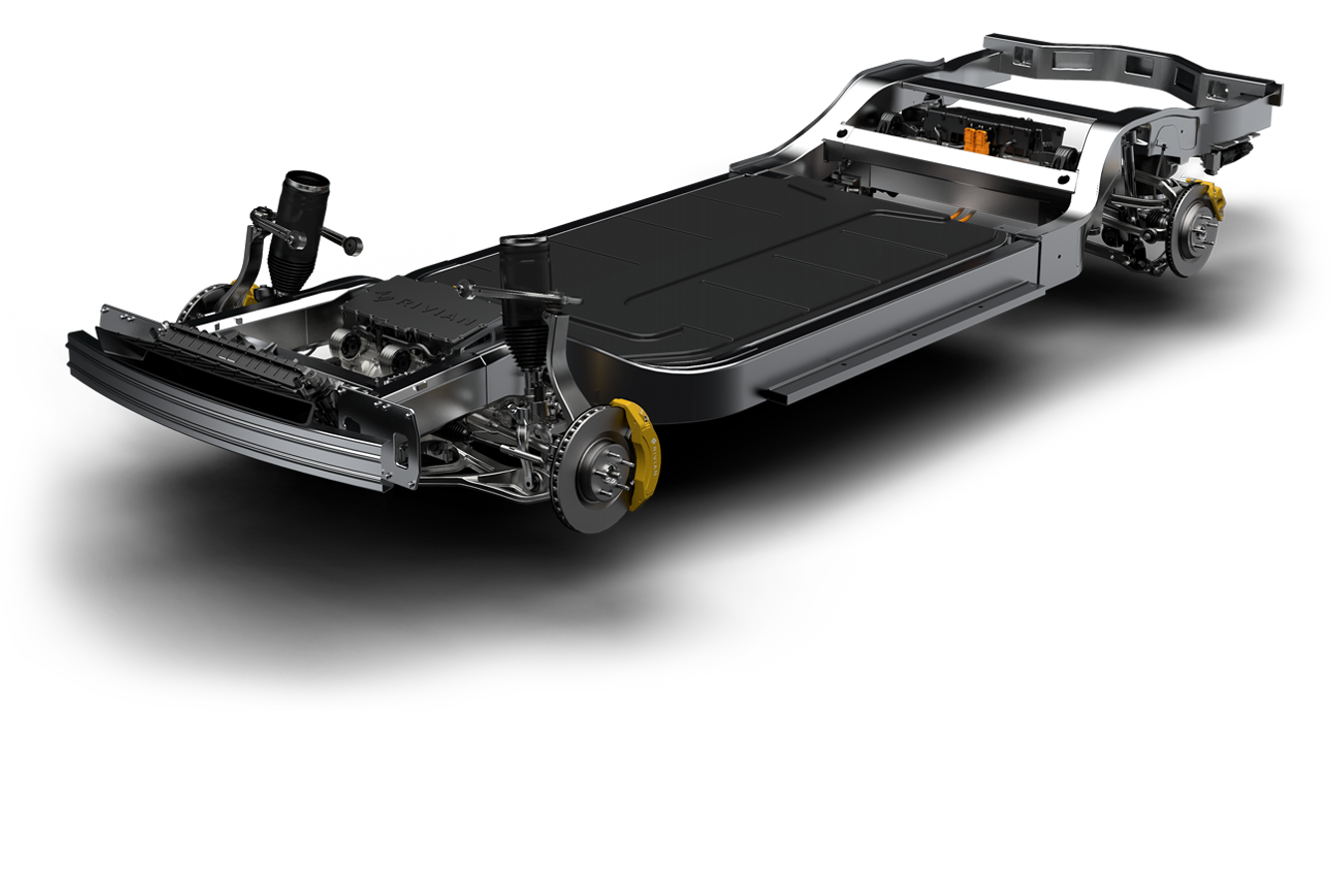Please spend a little effort into reading the comments I've posted explaining my reasons, and it's not especially helpful to state unsourced opinions. Frankly I'm weary of debunking this.
You artfully dodge answering a very simple question.
"Why do you believe that all Panasonic can manage (going forward) is adding one new 5 GWh line per quarter?"
You stated earlier:
"That's NOT the point. The POINT is that while Tesla is battery constrained, every battery cell allocated to Semi production is a battery cell diverted from Model 3/Y production"
"Each new (enhanced) Panasonic battery line at GF1 adds about 3GWh capacity per year. That's enough for about 5,000 Semis with the smaller pack size."
However last September 26 Electric reported the following:
"Tesla Gigafactory 1, which started in 2013, has already grown into the biggest battery factory in the world with an annual production capacity of over 20 GWh.
Panasonic said that it planned on adding three production lines to increase the capacity to 35 GWh by the end of the year to support the production ramp. "
Perhaps Panasonic changed this announcement to 29 GWh for adding three lines by end of year and I missed that. If that's the case, would you mind posting a link to the revised statement? If not can you stop referencing 3 GWh per line?
You seem to have assumed that because Panasonic fell a step behind meeting Tesla's demand for more cells this quarter and Q3, they will never be able to add enough new lines in 2019 and 2020 to meet the number of vehicles Tesla can produce in that time frame. Unless you are privy to the internal communications between Tesla and Panasonic about matching cell supply to demand, what facts can you cite to prove Panasonic at GF1 will not be able to add lines to reach the goal of 105 GWh at GF1 by the time that Model Y is being produced by the hundreds of thousands? Model Y reveal will be this March.
We can hope that it's ramp will begin by Q3 or Q4 of next year. Large volumes won't need cells from GF1 until 2020.
While more M3s will initially be assembled at China GF, Tesla plans to produce cells there to supply the larger volumes they will build up to.
On Oct. 31 Electrek reported:
Panasonic CEO Kazuhiro Tsuga commented (via Reuters):
“Investment for capacity beyond 35 GWh means that Tesla would also need to make substantial investment in vehicle production, so we will closely align with each other,”
BTW, if you are mistaken about as basic a fact as the number of cells the new lines produce, you need to pay more attention before cooking up your theories and presenting them as if they are fact.




